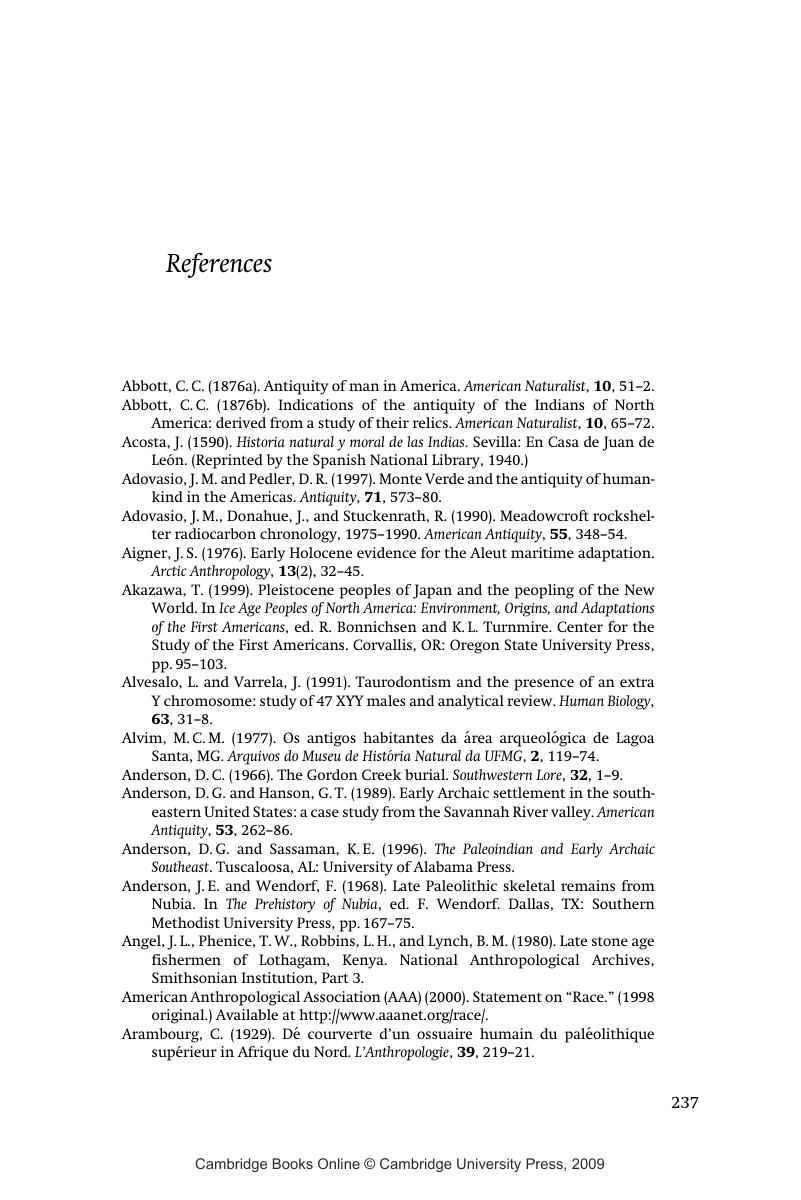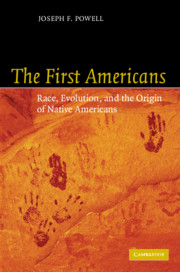References
Published online by Cambridge University Press: 21 August 2009
Summary

- Type
- Chapter
- Information
- The First AmericansRace, Evolution and the Origin of Native Americans, pp. 237 - 264Publisher: Cambridge University PressPrint publication year: 2005



